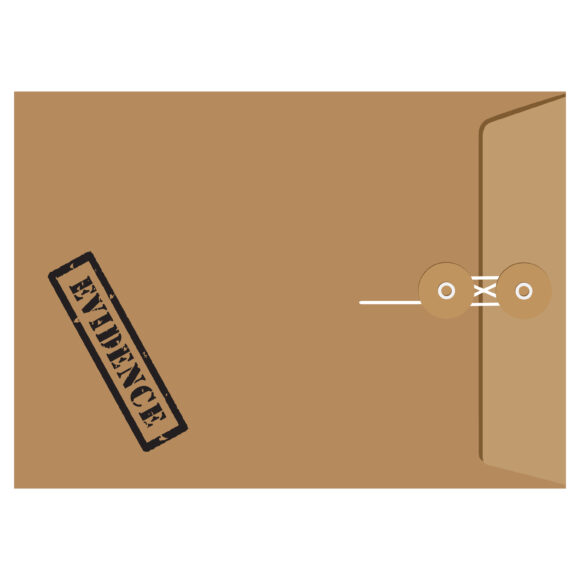GARDEN GROVE, Calif. — Fire claim investigators should carefully document evidence and be prepared to prove their conclusions to a skeptical jury. If they do their jobs right, most cases will settle long before going to trial, experts told an audience at the Combined Claims Conference on Tuesday.
“Claims don’t often go to trial, but prepare for every case as if you’re going before a jury,” advised Juliet Schade, director of claims for Capital Insurance Group.
She and Ulises Castellon, chief executive officer of Fire Cause Analysis in Berkeley, California, said that satellite images, security system videos, Lidar and computer fire models are among the tools that forensics investigators use to determine origin and cause of fires that lead to property claims. They demonstrated how technology can create at-scale visual reconstructions of fire scenes that can be very persuasive in proving a theory about causation and refuting any contrary narratives.
Both new technology and old-school evidence gathering played roles in determining the cause of the November 2018 Camp Fire, which destroyed the town of Paradise, California and killed 85 people. Castellon said investigators plotted the location of cell phones that transmitted 911 calls reporting the blaze to deduce the location of the fire’s origin. The dots connected around a Pacific Gas & Electric Co. transmission line.
Castellon said forensic investigators combed a mountainside under that line with metal detectors and bagged and tagged every scrap they found. They planted small flags at the location of each scrap.
Once lidar was used to reproduce the scene, the debris field told a story. Eventually, PG&E admitted that its faulty equipment had sparked the blaze, pleaded guilty to involuntary manslaughter and reached an $11 billion settlement with property insurers.
“Preserve physical evidence,” Castellon cautioned the audience. He added that investigators need to know who will store evidence, how it will be stored and where. It is crucial to document the chain of custody.
Schade said often physical evidence can be used to show liability, giving insurers an opportunity to recover the cost of the claim through subrogation. One of Capital’s insureds filed a claim to replace a $60,000 BMW that was destroyed by fire. A forensics investigators pinned fault on a mechanic who added coolant to the car’s radiator and spilled some on a hot exhaust manifold, igniting the antifreeze.
The car repair shop contended that the fire was most likely started by a leaky gasoline. Investigators staged a simple experiment to prove that theory wrong: They sprayed gasoline onto a hot manifold. The liquid didn’t ignite. In fact, the gasoline droplets atomized and actually cooled the manifold, Castellon said.
The car repair shop also argued that an arc of electricity may have ignited the blaze. Castellon said investigators used computer fire modeling to show that there was indeed an electrical arc, but showed that it was caused by the fire melting the wire that carried the current.
Castellon said good investigators will anticipate attacks and gather evidence to refute those attacks.
Technology also plays a growing role in investigation auto claims. In a separate seminar Brian S. Mizell, a partner with the Resnick & Louis Law Firm in Irvine, California; and Larry Lusk, an investigator for Kemper Insurance, explained the use of event data recorders, license plate recognition databases and Bosch’s Crash Data Retrieval product when investigating claims.
Mizell asked members of the audience to tell their own stories about how they put such technologies to use. One woman said her employer was able to use recorded license plate data to track an insured vehicle reported as stolen in San Diego crossing the Mexican border, followed by a vehicle owned by a family member. She said only the family member’s vehicle returned to the United States.
In another case history, Lusk described a damage claim filed by an insured motorist who insisted that he was involved in a single-car crash. The trouble was that the owner of another vehicle reported that it was damaged in the same crash.
Lusk said he downloaded data recorded by the vehicle’s air bag and found there were two collisions on the night of the accident. The first was a strong impact that wasn’t preceded by any braking or evasive maneuvers. A second impact followed the first a moment later.
Lusk said when told about the data, the car’s owner admitted that he had fallen asleep and did not know what he had hit. Lusk said his employer paid the claim despite the misrepresentation because the accident was covered by the policy.
The Combined Claims Conference continues today at the Hyatt Regency Orange County hotel in Garden Grove.
Was this article valuable?
Here are more articles you may enjoy.


 State Farm Sued Over Policies Backed by Distressed Insurer PHL
State Farm Sued Over Policies Backed by Distressed Insurer PHL  ‘Super Roofs’ Are Rewarding Insurers, Cat Bond Investors and Homeowners
‘Super Roofs’ Are Rewarding Insurers, Cat Bond Investors and Homeowners  How Three New CMS Policies Impact Workers’ Comp Claims
How Three New CMS Policies Impact Workers’ Comp Claims  Zillow Deleting Climate Risk Scores Reveals Limits of Flood, Fire Data
Zillow Deleting Climate Risk Scores Reveals Limits of Flood, Fire Data 